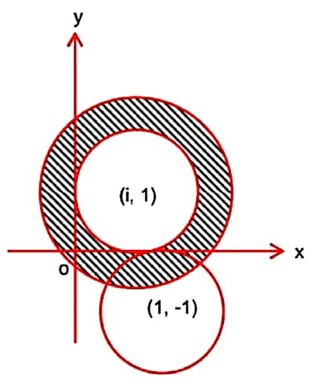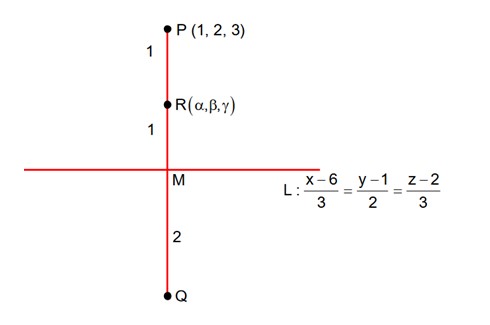Sets
Get insights from 134 questions on Sets, answered by students, alumni, and experts. You may also ask and answer any question you like about Sets
Follow Ask QuestionQuestions
Discussions
Active Users
Followers
New answer posted
4 months agoContributor-Level 10
B' is a set containing sub sets of A containing element 1 and not containing 2.
And C is a set containing subsets of A whose sum of elements is not prime.
so, we need to calculate number of subsets of
{3, 4, 5, 6, 7} whose sum of elements plus 1 is composite.
Number of such 5 elements subset = 1
Number of such 4 elements subset = 3 (except selecting 3 or 7)
Number of such 3 elements subset = 6 (except selecting {3, 4, 5}, {3, 6, 7}, {4, 5, 7} or {5, 6, 7})
Number of such 2 elements subset = 7 (except selecting {3, 7}, {4, 6}, {5, 7})
Number of such 1 elements subset = 3 (except selecting {3, 7}, (4, 6}, {5, 7})
Number
New answer posted
4 months agoContributor-Level 10
3cos22θ + 6cos2θ -
Þ cos2θ = 0,
Draw y = cos2θ, y = 0 and y = find the pt. of intersection.
New answer posted
4 months agoContributor-Level 10
If C is formed only by {1, 2, 4, 5} total number of subsets of A = 27.
Total number of subsets of {1, 2, 4, 5} = 24
Number of subsets where
= 27 – 24 = 112
Taking an Exam? Selecting a College?
Get authentic answers from experts, students and alumni that you won't find anywhere else
Sign Up on ShikshaOn Shiksha, get access to
- 65k Colleges
- 1.2k Exams
- 679k Reviews
- 1800k Answers


